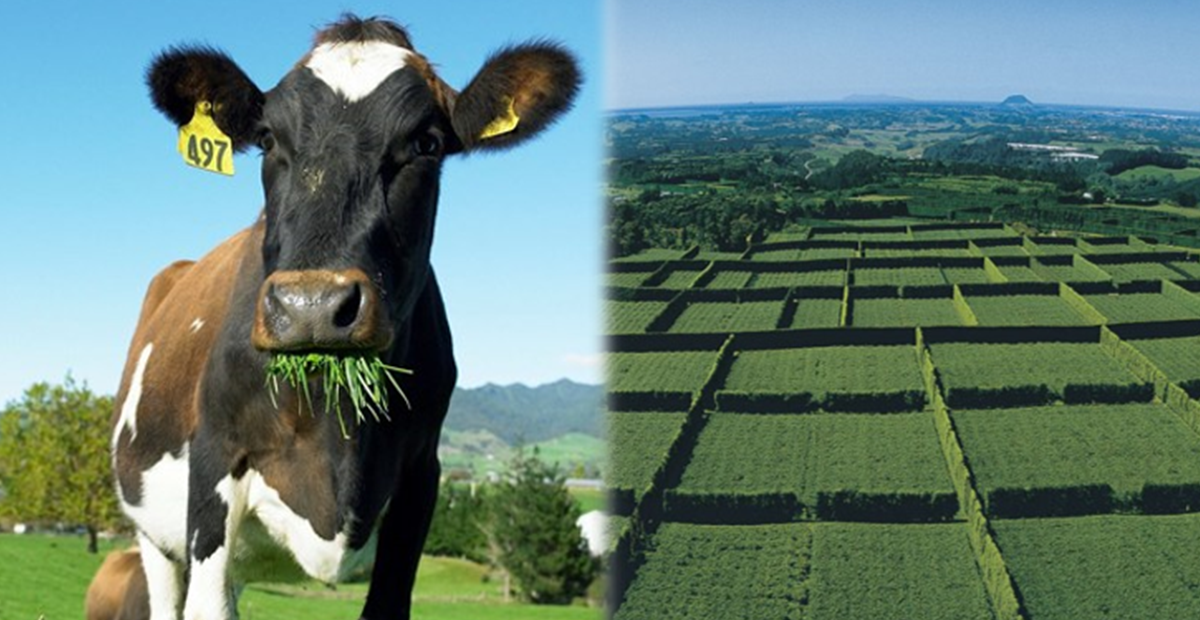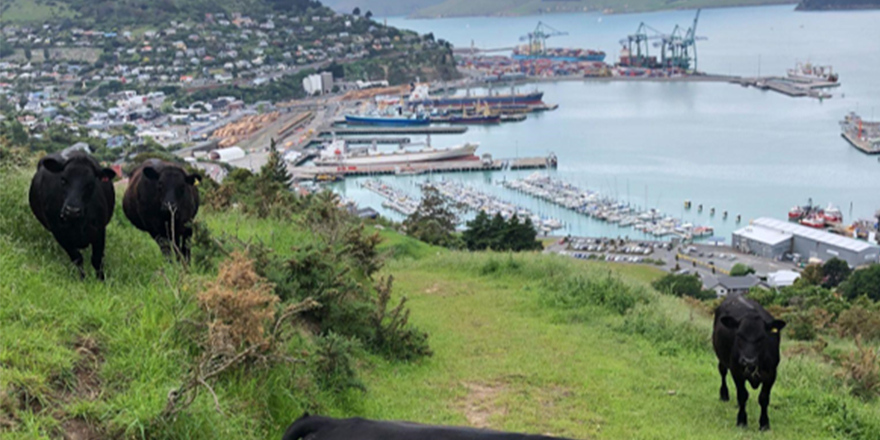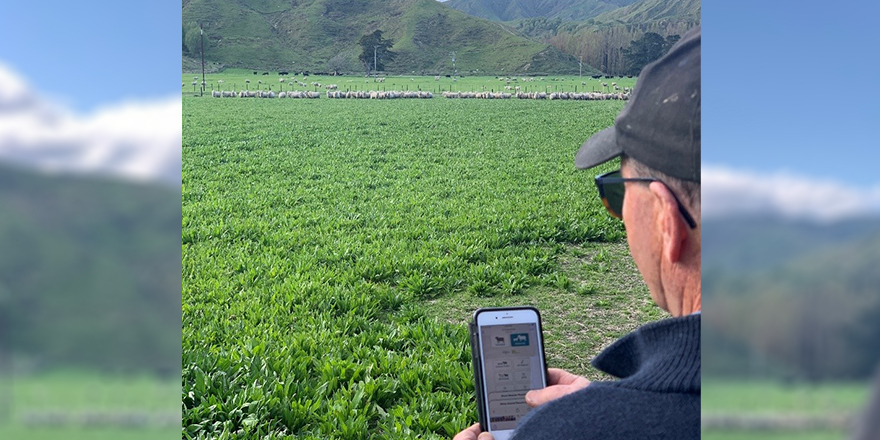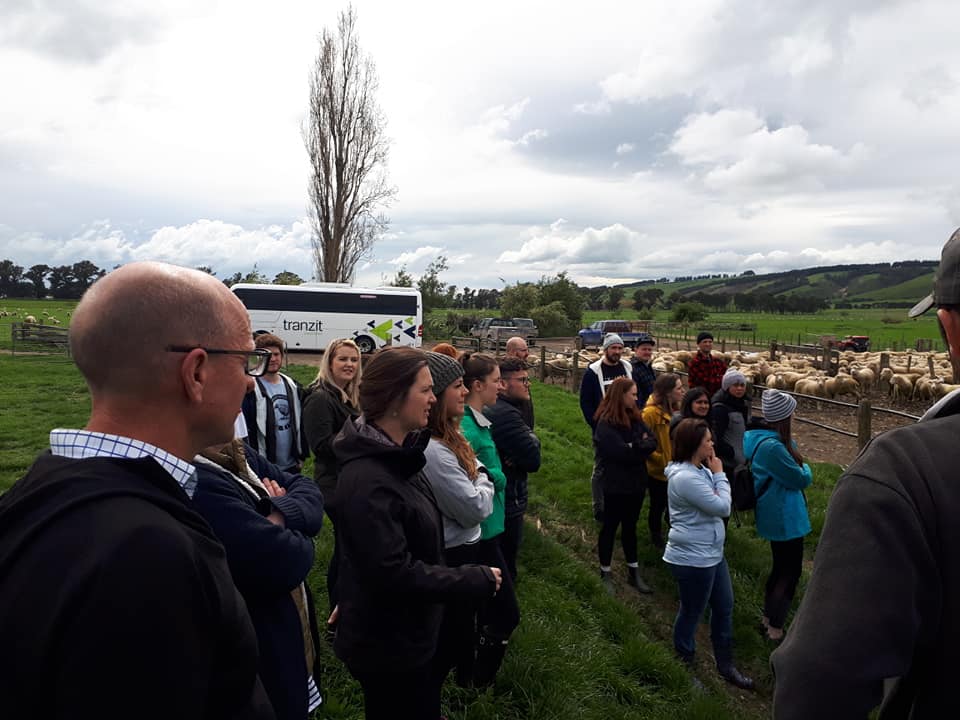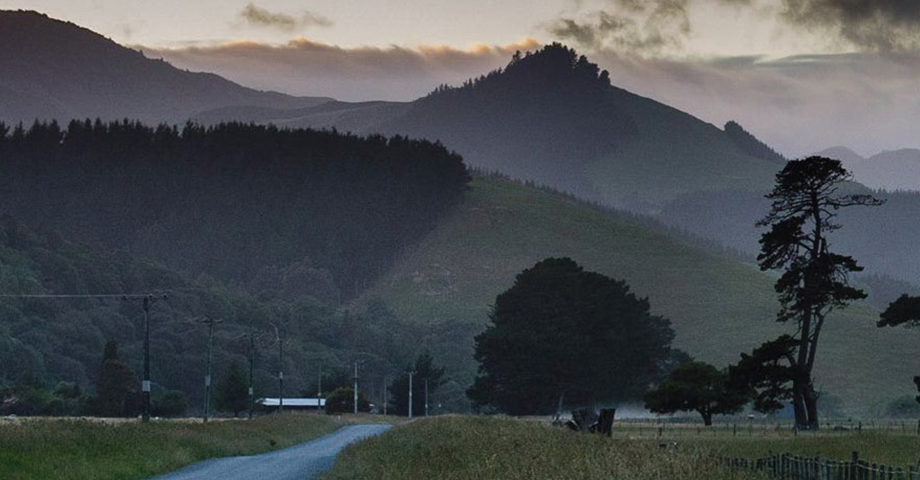
Executive Summary
The Primary Industries have long been described as the economic backbone of New Zealand, with farming businesses being a way of life since before anyone can remember.
Not too long ago, many of the city dwelling population had an Uncle and Aunt, or Grandparents, or family friends on a farm, that provided that nostalgic connection, and understanding of what it means to live and work on the land.
With an increasing national population year on year since 1950 from 1,908,000 to 4,468,457 in 2012 (New Zealand Population, 2019), the increase of those living in urban areas from 69.6% in 1991 to 71.8% in 2006 and the decrease of those living in rural areas from 12.2% in 1991 to 12% in 2006 (Stats NZ, 2019), the need for understanding what it is that the rural sector does and its role in our national brand is increasingly important.
The concept of storytelling can bring to mind thoughts of painting a positive picture of a company or industry, and not acknowledging any other aspects in order to please an audience (Fryer, 2019).
Whilst this is certainly true can also be used as a vehicle to get accurate information, in a relatable way, to a target audience, to create an impact, and it’s this type of storytelling that could be the answer to bridging any gaps in education, perception, understanding and relatability that the rural sector are experiencing currently.
Rural New Zealand have heard the message loud and clear from its industry bodies and advisors across the board; get out there and tell your story.
But is it that easy?
And do those of us on the ground know where to start?
Download and read the full report here

